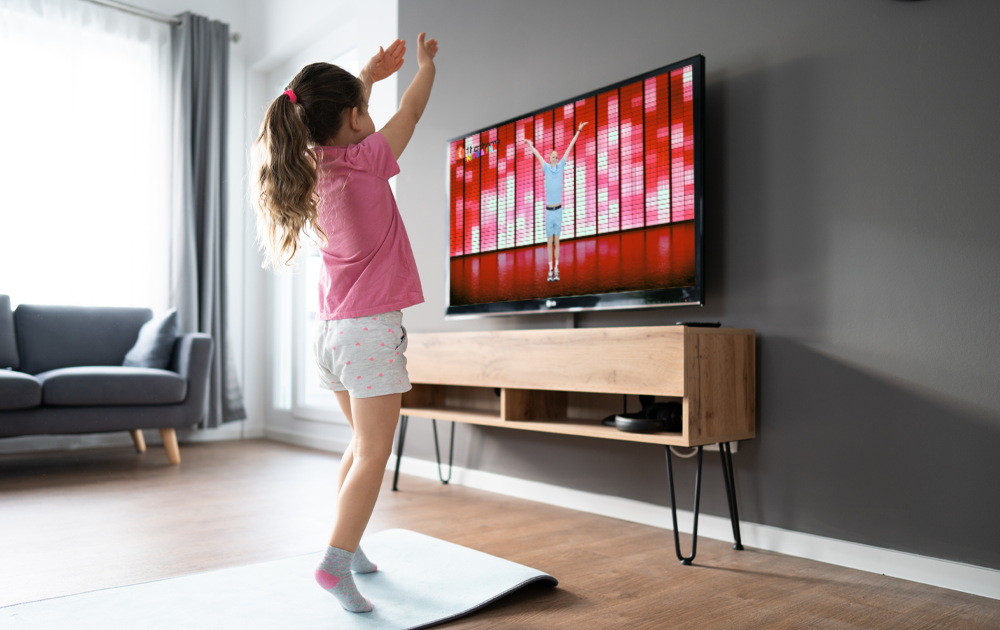If you’re looking to strengthen your glutes and improve your overall lower body strength, the glute bridge is an excellent exercise to add to your fitness routine. Whether you’re a beginner or simply want to perfect your form. This guide will walk you through the steps of performing a glute bridge correctly. This exercise targets the gluteal muscles, lower back, and core, making it a fantastic addition to any workout regimen.
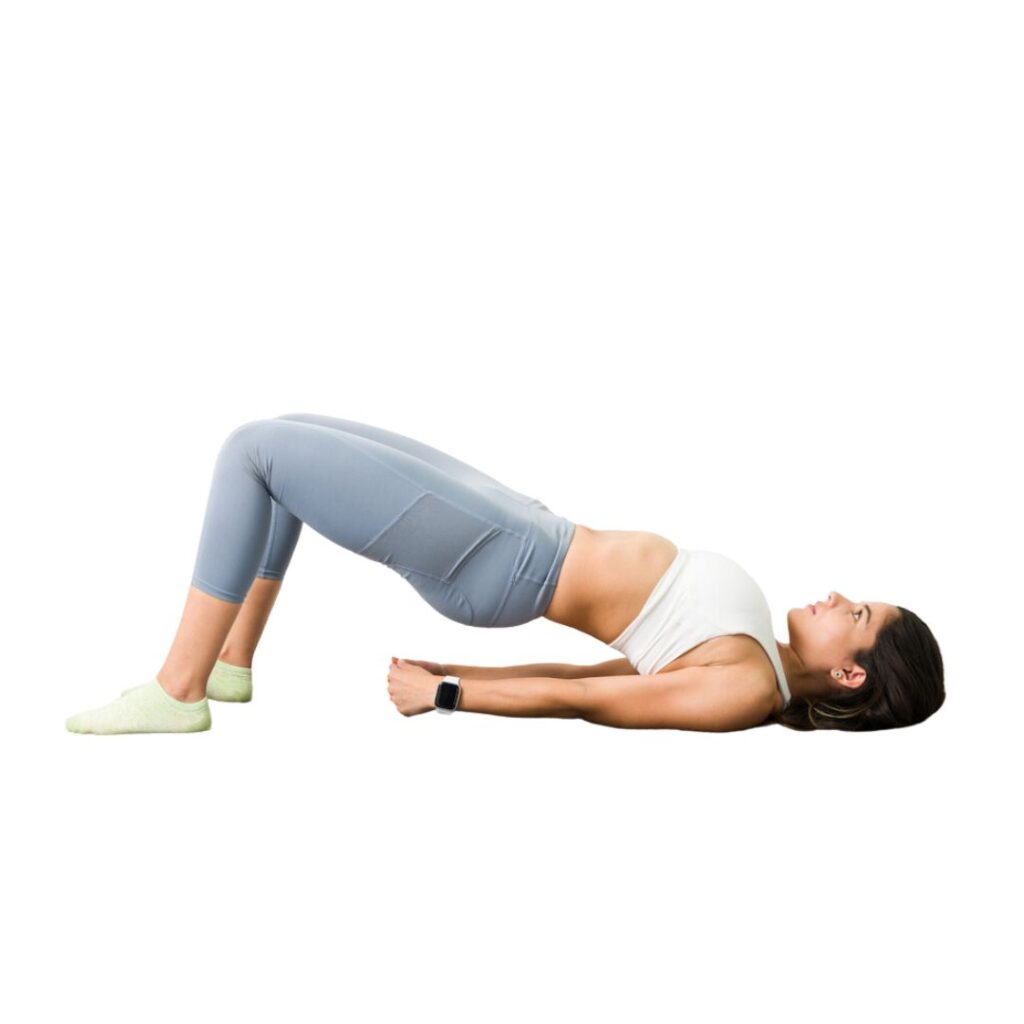
What is a glute bridge?
A glute bridge is a simple yet effective lower body exercise that primarily targets the gluteal muscles, which are the muscles of the buttocks. It also engages the hamstrings, lower back, and core to a certain extent. This exercise involves lifting your hips off the ground while lying on your back, creating a “bridge” shape with your body. It’s often used in strength training and rehabilitation programs to improve hip stability, enhance glute strength, and address issues related to lower back pain.
The importance of proper form
Before we get into the step-by-step guide on how to perform a glute bridge, it’s crucial to understand why proper form is essential. Correct form ensures that you’re targeting the right muscles, minimizing the risk of injury, and achieving the desired results. So, let’s get started with the right technique for a perfect glute bridge.
How to perform a glute bridge
Follow these steps to master the glute bridge exercise:
1. Preparation:
- Begin by lying on your back with your knees bent and feet flat on the floor. Your feet should be hip-width apart, and your arms should be resting by your sides, palms facing down.
2. Engage your core:
- Before lifting your hips, engage your core muscles by gently pulling your navel toward your spine. This action stabilizes your lower back and prevents excessive arching.
3. Lift your hips:
- Push through your heels and squeeze your glutes as you lift your hips toward the ceiling. Your body should form a straight line from your shoulders to your knees at the top of the movement. Avoid over-arching your lower back.
4. Hold and squeeze:
- At the peak of the bridge, hold the position for a moment, focusing on squeezing your glutes tightly. This maximizes the muscle engagement.
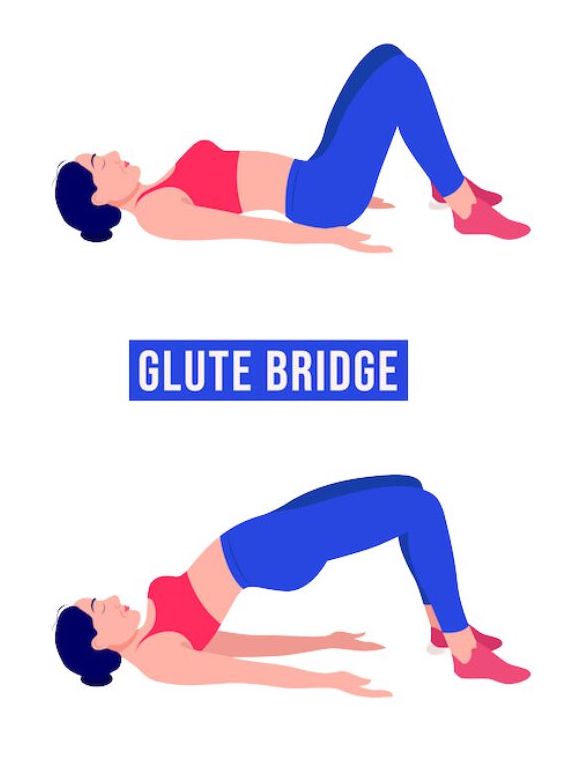
5. Lower down:
- Slowly lower your hips back to the starting position, maintaining control throughout the descent. Avoid dropping your hips too quickly.
6. Repeat:
- Perform the desired number of repetitions for your workout, usually 10-15 repetitions for beginners and up to 20 or more as you progress
Muscles targeted in a glute bridge
The glute bridge is a deceptively simple exercise that packs a powerful punch when it comes to strengthening key muscle groups in your body. If you’ve ever wondered which muscles are hard at work when you perform this exercise, wonder no more. Here’s a breakdown of the primary muscles targeted during a glute bridge:

1. Gluteus maximus
As the star of the show, the gluteus maximus takes center stage during the glute bridge. Situated in your buttocks, it’s the largest muscle in this area and plays a pivotal role in hip extension. When you lift your hips off the ground during a glute bridge, the gluteus maximus is heavily engaged. This muscle is essential for not only achieving a firmer derrière but also for improving your posture and boosting athletic performance.
2. Hamstrings
While the gluteus maximus is the lead actor, the hamstrings play a crucial supporting role in the glute bridge. These muscles, found on the back of your thighs, are responsible for knee flexion and hip extension. Engaging the hamstrings during a glute bridge contributes to overall leg strength and stability, making them an important muscle group to target.
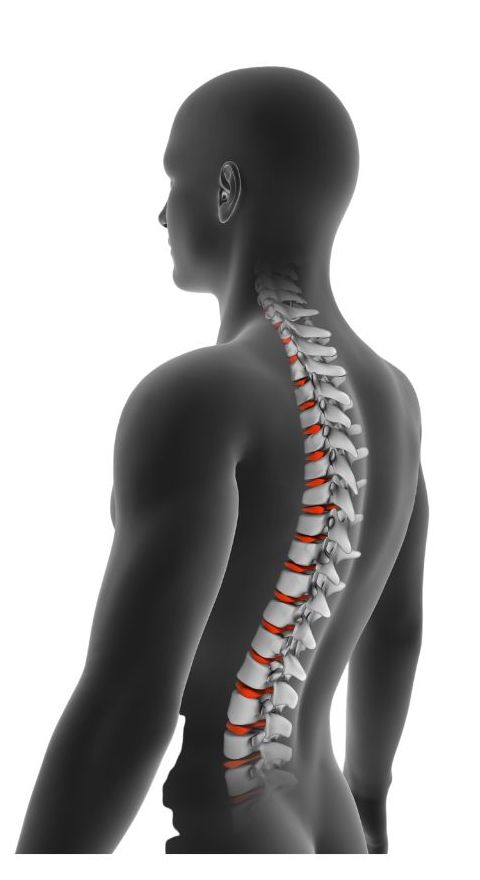
3. Erector spinae
The erector spinae muscles, which run along your spine, have a vital role in maintaining proper form during the glute bridge. They are responsible for keeping your back straight and your torso upright, reducing the risk of lower back pain or injuries. Strengthening these muscles is not only essential for the exercise but also for promoting good posture in your daily life.
4. Core muscles
The core muscles, including the rectus abdominis and obliques, come into play to stabilize your pelvis and spine during the glute bridge. While the primary focus is on your glutes and hamstrings, this exercise also provides an added bonus of core strengthening. By engaging these muscles, you enhance your core stability and overall posture.
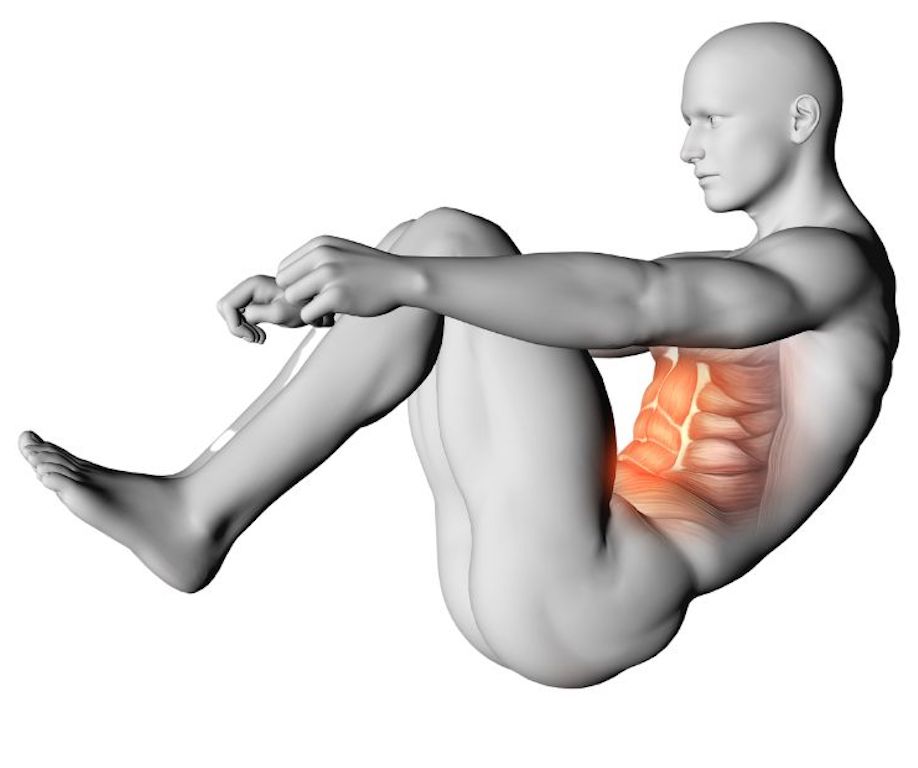
5. Hip adductors and abductors
Even your inner and outer thigh muscles get in on the action during a glute bridge. The hip adductor and abductor muscles, found on the inner and outer thighs, respectively, help control the movement of your legs as you lift and lower your hips. This involvement contributes to overall hip stability and improved mobility.
The glute bridge is a versatile exercise suitable for all fitness levels. By following the step-by-step guide provided, you can target your glutes, hamstrings, lower back, and core effectively. This exercise offers benefits such as improved posture, enhanced athletic performance, and stronger glutes, making it a valuable addition to any workout routine. This exercise is a fitness gem for everyone. So, let’s bridge to a better you!
Working out with Fit at Home
Fit at Home is your NUMBER ONE fitness app! With our home workouts you can achieve your goals. Whether you want to lose weight, improve your strength with Pilates, stay fit during your pregnancy etc. It is all possible with Fit at Home. Our professional trainers are here for you to guide you through the workout with the right tips & tricks. They will motivate you to finish your workout. Transform your TV into your personal gym!
✓ Work out in front of your tv whenever you want
✓ 24/7 on-demand with more than 500 workouts
✓ For the whole family
